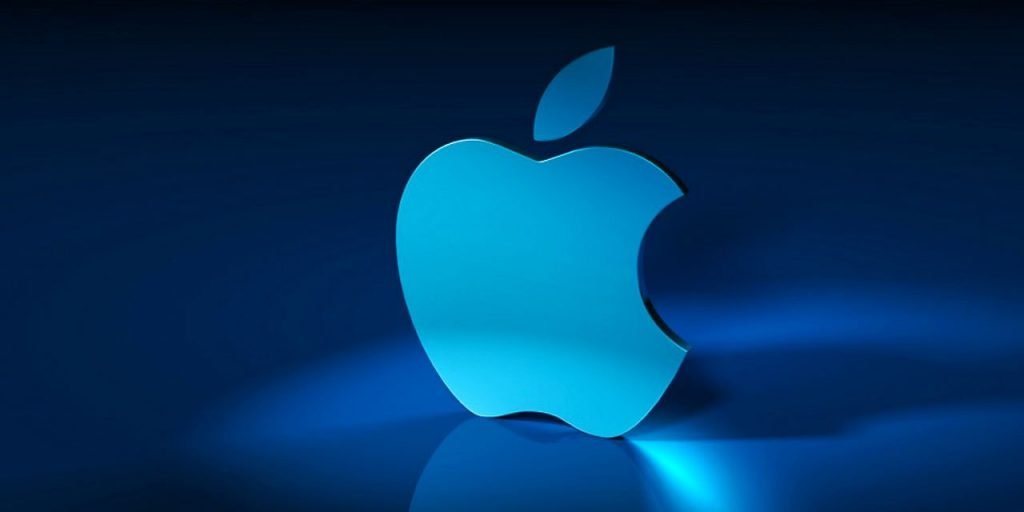Sustainability of Apple’s Competitive Position in PCs
Apple Inc. is among the Big Five companies in America in Information Technology alongside other companies: Microsoft, Alphabet, Meta, and Amazon. Since it was founded in April 1976 by Steve Wozniak, Steve Jobs, and Ronald Wayne, the company has been striving to produce personal computers and other products of the best quality and with unique and innovative features that appeal to the users (Yoffie & Kim, 2014). From the beginning, Apple adopted a differentiation strategy making it unique in the personal computer market. Apart from adopting a differentiation strategy, Apple’s products are always customer-oriented, leading to strong customer loyalty. This is one factor that has provided a sustainable competitive advantage for the company over other players in the industry.
Apple’s personal computers are one of a kind, and this has enabled the company to create a brand image that is incomparable to any. Apple produces personal computers used in the United States and different countries worldwide. The company has been building a wide range of PCs under the Macintosh or Mac name. According to Yoffie & Kim (2014), the first personal computer that was produced by the company was the iMac. iMac cost $1,299 and was one of the best in the market. It supported different plug-and-play peripherals such as printers which was a unique feature at the time. Some of the famous PCs in the United States include MacBook, Mac Pro, and iMac. To remain at the top and competitive, the company has been developing new versions of the Mac products that resonate with the customers’ needs and wants. The latest versions include new features such as better Intel processors, a new keyboard, and Touch Bar designs.
The mega-success of Macintosh is majorly based on its innovativeness and simplicity, where it has been breaking most of the conventional codes in the computer and technology industry globally. Apple is also a symbol of status, and this has also enabled the company to remain competitive and relevant in the industry. Owning an Apple personal computer is associated with being rich and of high status. To create this image, Apple has been striving to ensure that the customer gets value for their money by providing the quality and features of its unique and incomparable products to others in the market. Most of Apple’s PCs are highly priced, creating a sense of exclusivity and status. Apple’s PCs also work well among other Apple products such as iPhone and Apple Air pods (Yoffie & Kim, 2014). Unlike other Android devices, Apple devices can only pair or connect to other Apple devices, which can also be expensive. Apple’s high pricing of its products enables it to generate more than adequate revenue to invest in Research and Development and the continued production of high-quality and unique products (Yoffie & Kim, 2014). This strategy has enabled and will continue to enable the company to have a long-term sustainable competitive position in the personal computer market in the U.S and globally. According to Yoffie & Kim (2014), Apple’s major strength lies in its ability to easily price its PC at premium prices due to its high quality and unique features. Yoffie & Kim (2014) note that 91% of Apple’s personal computers are priced at $1,000 and more in the United States.
The Prospects of the iPad
It has been the culture of Apple Inc. to release new versions of different and improved versions of some of its products, such as the iPad. The company produces a new and more advanced version of the iPad yearly with better features. The first iPad was produced in 2010, and its price ranged between $499 and $829 (Yoffie & Kim, 2014). This was a bold move by Steve Jobs that was aimed at redefining the industry. The latest iPad is the iPad 9th generation which was released in September of 2021. Some of the features of the iPad include a faster processing speed because it contains a Tri-Core processor (Yoffie & Kim, 2014). The current and previous version of the iPad in 2020 is categorized as the fastest mobile device currently available. Most other features are almost like all different iPad generations previously produced. One of the standard features is the Retina Display introduced by the third-generation iPad. `Retina Display is the 1,536 x 2,048, meaning that the average viewing distance is minimal for an individual pixel making the iPad’s camera clearer than a human eye. The second prospect is the iPad’s multi-touch display feature that enables it to efficiently detect and process different touches on its screen. IPad can easily detect and differentiate between multiple and single finger touching. However, the display sizes change with each model, but the concept remains the same. The third feature prospect is the Motion Co-Processor introduced by the iPad Air. According to Yoffie & Kim (2014), Steve Jobs made sure that was different compared to iPhone and iPod, where he purchased two companies that designed and produced microprocessors for $400 million. This made the iPad to be Apple’s first device to operate on the company’s branded chip known as A4. The A4 chip is designed for the next generation of smart devices like the iPad that need high processing speed and low power consumption (Yoffie & Kim, 2014). The Motion Co-Processor is mandated to interpret the different motion sensors within the device.
The fourth prospect is the device’s dual-facing cameras introduced by the iPad 2. The back-facing and front-facing cameras enable users to conduct FaceTime video conferencing efficiently, and this feature has been upgraded over the years. The fifth prospect is the high amount of iPad’s flash storage, which ranges between 16GB and 128GB depending on the model. The sixth prospect is the device’s Wi-Fi capabilities which enable it to support all Wi-Fi standards. This capability was introduced by the iPad 2, which introduced the “ac” standard. IPad also supports multiple-in multiple-out ability, referred to as MIMO.
The seventh prospect is the device’s Bluetooth 4.0 connectivity capability. This enables users to send videos and audio content to other Apple devices and speakers or headphones. The eighth prospect is the device’s ability to adjust its camera’s ambient light depending on the amount of light available in an area or a room. This enables users to have more explicit pictures and videos in dark or highly bright areas and allows the device to save on the available battery power. Lastly, iPad has ten hours of battery life, but this differs depending on how the device is being used. This enables users to use the device for a longer time before recharging hence making it convenient for saving on power. According to Yoffie & Kim (2014), the A4 chip makes the current smart devices heavily save on power due to the increased processing speed and other smart features.
References
Yoffie, D. B., & Kim, R. (2014). Apple Inc. in 2010. Harvard Business School.



